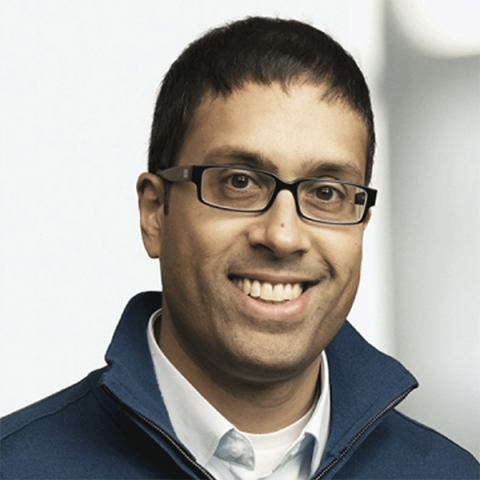Written by Emily Ayshford
Photons are the basis for many next-generation quantum technologies, including ultra-secure quantum communications and potentially game-changing quantum computers.
That’s because these light particles can be entangled or placed in a superposition — two quantum states that enable quantum technologies.

But to create these states, researchers need to work with extremely non-classical kinds of light that have a small number of photons, or even just one photon. That can be a difficult task requiring a complicated setup, as typical sources of light (like a laser) generate states where there is always some possibility of having a large number of photons.
Theorists at the Pritzker School of Molecular Engineering (PME) at the University of Chicago have developed a new scheme for trapping single photons in a cavity. Their mechanism allows two sources to emit the selected number of photons into a cavity before destructive interference cancels out both sources, essentially creating a “wall” that prevents further photons from entering.
This new mechanism could provide a simpler way to create quantum light without using the complicated materials and systems that are usually required.
The research, led by Prof. Aashish Clerk with graduate students Andrew Lingenfelter and David Roberts, was published Nov. 26 in Science Advances.
Creating a ‘wall’ of interference
Typical systems for trapping single photons in a cavity involve using materials that have an extremely large optical nonlinearity, which forces photons in the cavity to interact with one another strongly. In such systems, the cavity’s resonance frequency can be strongly shifted by adding even just one photon. If one then shines a laser on the cavity, one photon can enter, but not a second (because of the frequency shift produced by the first photon).
The problem with this mechanism is that it requires extremely large optical nonlinearities and very low dissipation, a combination that is extremely difficult if not impossible to achieve in most platforms.